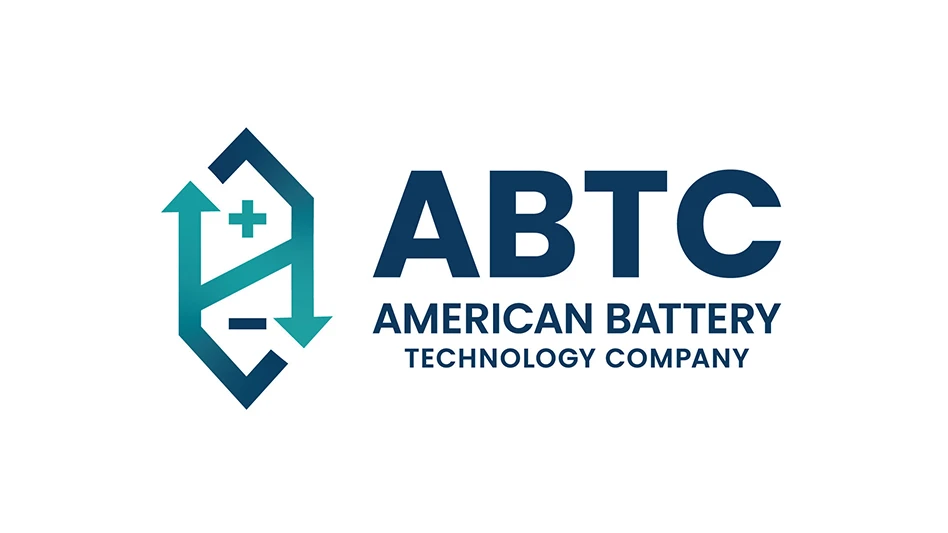
When we seek to improve ourselves, we find that the answer was within us the entire time. The same truth can apply to business as well.
When Sonoco sought recycled fiber to make packaging nearly a century ago, the company looked within its own capabilities to cater to its needs. Sonoco—a multibillion-dollar global provider of consumer packaging, industrial products
“By digging deep to find the solution inside ourselves, we discovered the power of innovation and created a new business,” says Sonoco Recycling on its website. “Sonoco Recycling was born out of Sonoco’s growing need for the recycled materials used to make packaging.”
Today, Sonoco Recycling LLC collects nearly 3 million tons of paper, plastic, metal and other materials annually, with recovered fiber making up to 90 percent of that total, says Mike Pope, president and general manager at Sonoco Recycling, Hartsville, South Carolina. Old corrugated containers (OCC) comprise about 70 percent of the recovered fiber tonnage the company handles.
Most of the nearly 3 million tons the recycler collects
Sonoco Recycling serves more than 100 communities through the curbside single-stream collection of recyclables and operates material recovery facilities (MRFs) in North and South Carolina.
The integrated recycling unit, which has 450 employees, also runs packing plants and sources, collects, sorts and moves substantial volumes of various grades of recovered paper across the U.S. and around the world.
Sonoco has 30 paper machines in 19 mills worldwide. With nine of those mills operating in the U.S., Sonoco Recycling’s physical footprint mostly spans the Southeast.
Pope says, “With our physical recycling operations in the Southeast, we also work with a number of customers in the retail, manufacturing and distribution markets with facilities across the country, and we do support our other paper mills in the U.S. and Canada.”
Sonoco supports its other mills by transferring volumes between sites as well as by consuming its own material internally. The company consumes some 1.3 million tons of fiber and produces about 1.2 million tons of board annually.
Pope says about half of Sonoco Recycling’s total recovered fiber is consumed internally to make
The company also exports recovered fiber to Indonesia, Vietnam
“I think we’ll find more mills are able to consume that mixed paper to find that right balance. At Sonoco we see that as a tremendous opportunity to increase consumption at our mills.”
– Mike Pope, president, Sonoco Recycling
Supplementing a need
“Early on we found the need to supplement the fiber supply for our business,” Pope says.
The company started off by integrating old newspapers (ONP) into its finished mix. To make this happen, Sonoco was sourcing its material from a wide footprint. “We were having to go as far away as Miami or New York to get
Sonoco made its first recycling acquisition in the early 1970s when it bought Paper Stock Dealers in Statesville, North Carolina, and the core of what is now Sonoco Recycling LLC. This marked the company’s first move into the scrap paper packing business. “That’s where we grew and expanded our footprint,” Pope says of the acquisition. “From there we’ve continued to grow and expand.”
Sonoco has managed its production capacity through mill closures and investments its remaining mills. Pope says, “We’re operating fewer, but larger, more efficient mills.”
Recent investments in Sonoco Recycling revolve around making plants more productive and profitable. In addition to two new balers and a glass cleaning system, Sonoco Recycling has improved its MRF capacity through automation. With better sorting equipment and processes, Pope says the company can produce even better quality—an opportunity and a challenge for the industry.
Pope points to China’s Green Fence and National Sword

Developing domestic demand
At least 15 percent of Sonoco Recycling’s incoming single-stream material leaves as residue and is landfilled, Pope says. He says Sonoco’s contamination level has “increased significantly and has probably doubled in the last five years for a whole range of factors.”
Like many MRF operators in the U.S., Sonoco Recycling took steps to improve the quality of its secondary commodities. From slowing down conveyor lines to adding more workers to sort through materials, Sonoco’s efforts eventually affected capacity. The company has had to push back on incoming volumes and move material from one line to another. “All of that certainly comes with a cost,” Pope says. “As commodity prices have been falling, it’s had an adverse economic impact on us.”
As recovered paper prices have fallen in the last year, so has China’s buying of U.S. secondary fiber, especially mixed paper. Sonoco Recycling sees this as an opportunity to develop domestic markets and has been working with other industry players to do so.
Sonoco, like other domestic consumers of recovered fiber, forecasts that the U.S. market will grow in response to China’s lack of orders.
Pope explains, “I think we’ll find more mills are able to consume that mixed paper to find that right balance. At Sonoco, we see that as a tremendous opportunity to increase consumption at our mills.
“The
He adds, “We are still exporting a small amount; it’s not going to China but to other export markets, and a lot has been able to be sold domestically.”
Pope predicts the global supply chain demand for recovered fiber will adjust. For now, the demand is for high-quality materials, with a premium being paid for the cleanest streams.
“We are still exporting a small amount; it’s not going to China but to other export markets, and a lot has been able to be sold domestically.” – Mike Pope, president, Sonoco Recycling
Digging into data
While the wrinkles around recovered fiber’s final destination are ironed out, Pope says Sonoco Recycling is conducting research to figure out how to get a steadier, cleaner incoming OCC stream. The company is collecting and using data to help manage its business more efficiently, including to improve its OCC capture rate. This is in addition to overhauling its information technology (IT) system.
He says, “There are so many different elements for why we’re not recovering that OCC today, and that’s why we’re focused on doing that consumer research. What can we do to help encourage recovery, whether it’s single stream or some other program? We want to find out what we can do to facilitate that.”
Sonoco Recycling plans to use data to track trends. From uptime and quality to inventory management, the company will use this information to better its business. “Our interest is to use the data to help manage our business more efficiently,” Pope says.
He adds that Sonoco Recycling spends time as a business looking to the future to be prepared for what is coming. From e-commerce trends to potentially securing a contract for a new MRF in Charleston County, South Carolina, Sonoco Recycling is on top of today’s happenings.
“That’s really what a lot of our focus is on now: We’ll never be perfect; but, [by] looking at what some of those trends are, [we’ll] be as ready as we can,” Pope says.

Get curated news on YOUR industry.
Enter your email to receive our newsletters.

Explore the April 2018 Issue
Check out more from this issue and find your next story to read.
Latest from Recycling Today
- Circular by Shapiro releases "5 for Five" sustainability series
- Graphic Packaging set to close Ohio CRB facility
- Ameripen voices support for Maryland EPR bill
- Matalco to close Canton, Ohio, plant
- Maryland county expands curbside recycling to include electronics
- California EPS ban will be enforced
- YKK AP America introduces BetterBillet
- Fresh Perspective: Cameron Keefe






